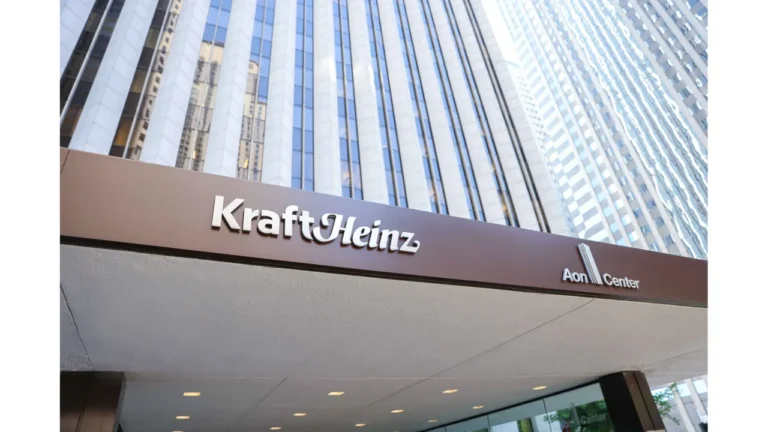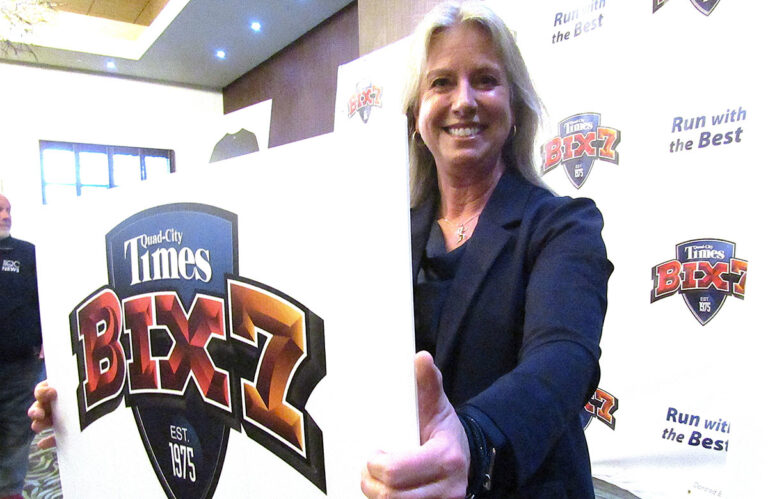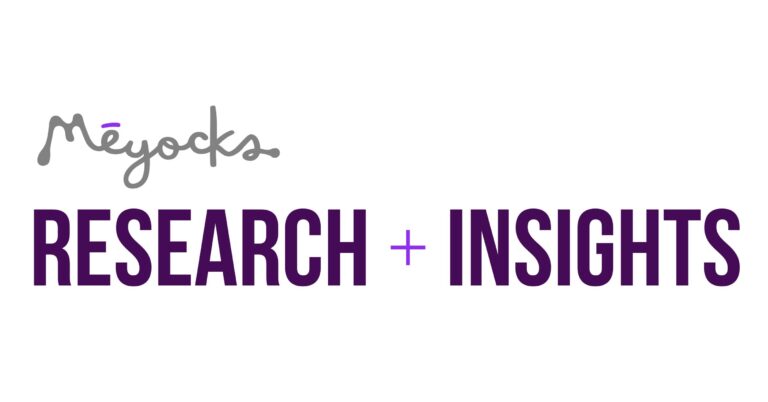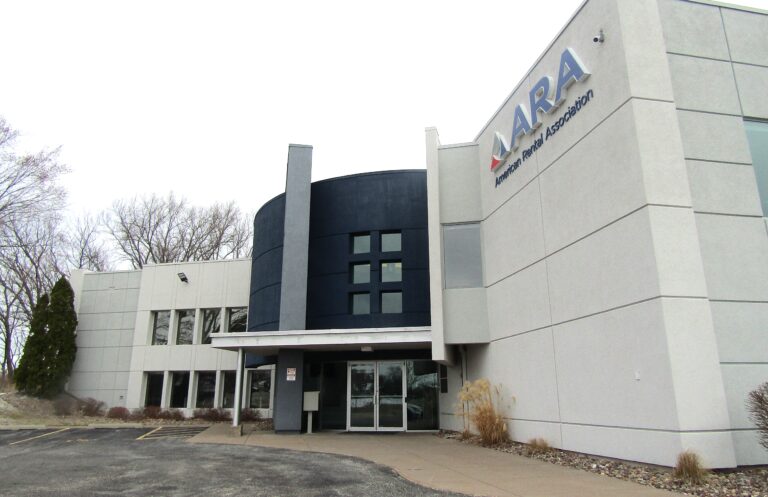In today’s fast-paced and ever-changing world, financial literacy is more important than ever. A recent study by Bank of America found that with today’s high cost of living, nearly half of Gen Z remains financially dependent on others. While financial literacy is a crucial life skill, many school curriculums have only recently begun to incorporate even the basics.
Some states now require high school students to complete a personal finance course to graduate, including Iowa. However, in Illinois, no such legislation currently exists. That means it’s even more important for parents, caregivers, and community programs to fill in the gaps and help prepare students for the real world.
Many families and educators struggle with how best to introduce financial topics in a way that resonates with kids. That’s where organizations like Junior Achievement of the Heartland can help. JA works with schools and community volunteers across eastern Iowa and western Illinois to provide age-appropriate, hands-on financial education – empowering students with real-world skills and the confidence to make smart decisions about money.

Here are a few strategies, inspired by JA’s approach, for introducing financial concepts to children and setting them up for a lifetime of informed, confident decision-making:
Start Early
One of the best ways to help children build healthy financial habits is to introduce money basics early. Even at a young age, kids can understand the idea of saving versus spending. Start by explaining where money comes from and how it’s used. Phrases like “saving for something special” or “buying today means waiting to buy other things later” help make abstract ideas feel concrete.
Make It Real
Financial lessons don’t have to be formal. Teaching opportunities pop up in everyday life – whether you’re grocery shopping, planning a vacation budget, or saving up for a new toy. Use these moments to talk about choices, priorities, and trade-offs. That’s how Junior Achievement makes learning stick: by connecting lessons to real-life situations students understand and care about.
Tap into Community Resources
You don’t have to do it alone. Organizations like Junior Achievement offer free, classroom-tested programs for students of all ages. By partnering with local schools, JA helps introduce financial concepts early and often, so students graduate not just with knowledge – but with confidence.
Some banks also offer tools to support youth financial education. For instance, Bank of America’s SafeBalance Banking for Family Banking allows parents to open an account with built-in controls and oversight, giving kids the opportunity to learn money management in a safe, supportive way.
Financial literacy is more than just numbers – it’s about preparing kids to make smart choices and navigate life with confidence. By working together – families, schools, and organizations like Junior Achievement – we can equip the next generation with the knowledge and skills they need to build financial stability and achieve economic mobility in the future.
(Heidi Parkhurst is senior resident director at Merrill Lynch Wealth Management, Davenport, and president of Bank of America Iowa. Dougal Nelson is president & CEO of Junior Achievement of the Heartland.)







